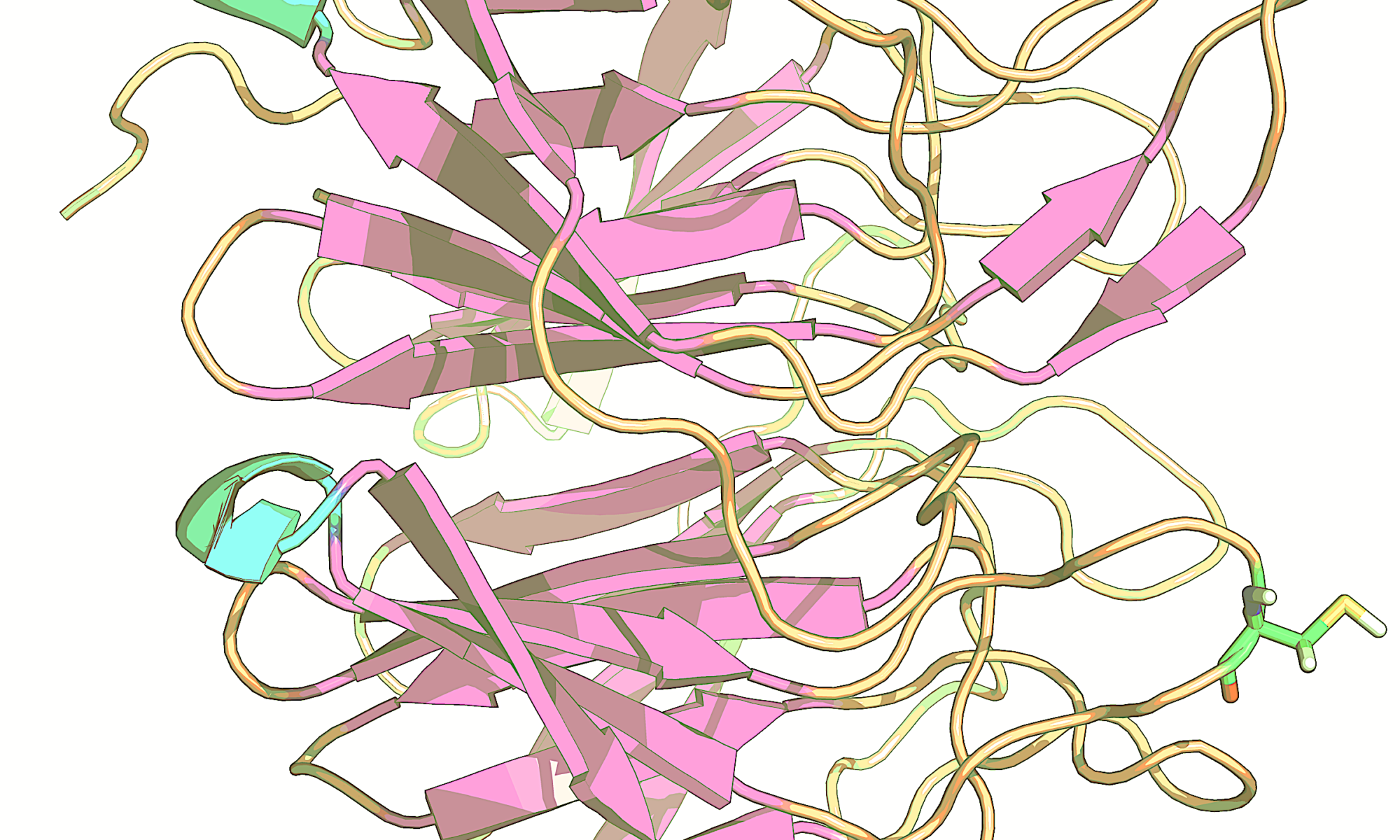ToxFix aims to apply state-of-the-art computational models to advance predictive toxicology and design of safer chemicals in much the same way that computer simulations have advanced drug discovery in the past decades. Instead of deriving predictive parameters from chemical structure, which is commonplace in computational toxicology, our approach is to simulate chemical interactions, which we believe are more reflective of biological activity..
The cornerstone of ToxFix is a proprietary prediction software called CADRE (Computer Aided Discovery and REdesign), which combines quantum mechanical modeling, expert rules and multivariate statistics to predict toxicity of chemicals for several key endpoints. Proof-of-principle models were initially developed with support from the National Science Foundation Small Business Innovation Research program and the Connecticut Innovations venture fund. Since then we have worked closely with industrial partners to further develop and validate the current CADRE methodology. For regulatory purposes, all models within CADRE comply with OECD principles for QSAR validation. Utilizing high-performance computing clusters, CADRE offers fast predictions with accuracy rivaling in vivo tests. CADRE assessments are offered as a service to our clients in the personal care, biotechnology and pharmaceutical industry. Thus, there is never any need to download or learn new software, and your assessments are guaranteed to utilize the latest versions of our models!
The ToxFix platform also includes ToxSpec, a unique tool that predicts physicochemical properties, biological activity and biodegradation entirely from NMR spectra of pure substances or mixtures. The method achieves accuracy equal to or higher than the best structure-based estimation methods.
The following endpoints have been developed via the CADRE and/or ToxSpec approaches:
Skin and respiratory sensitization
Acute and chronic aquatic toxicity
Mutagenicity and carcinogencity
Bioaccumulation
